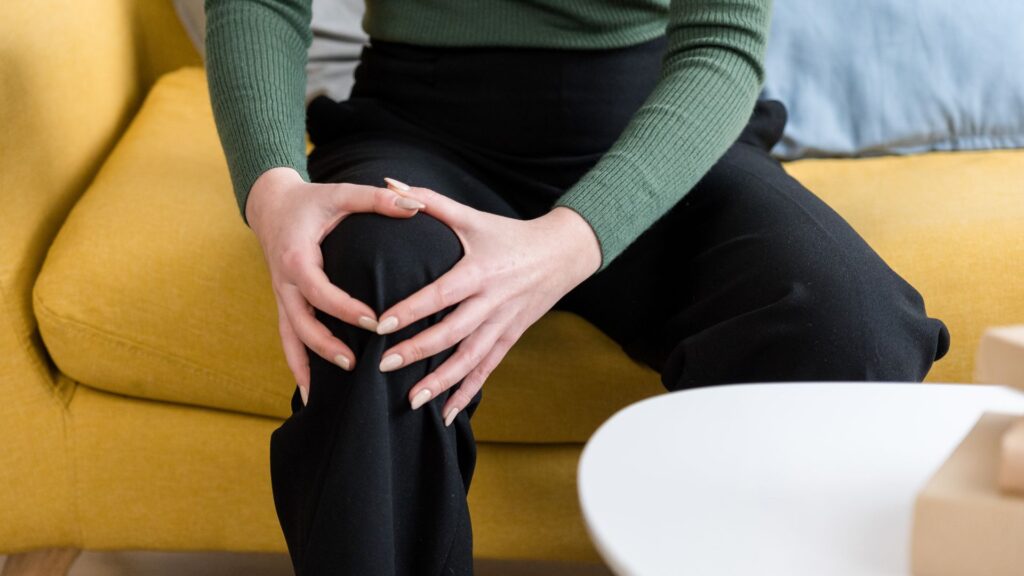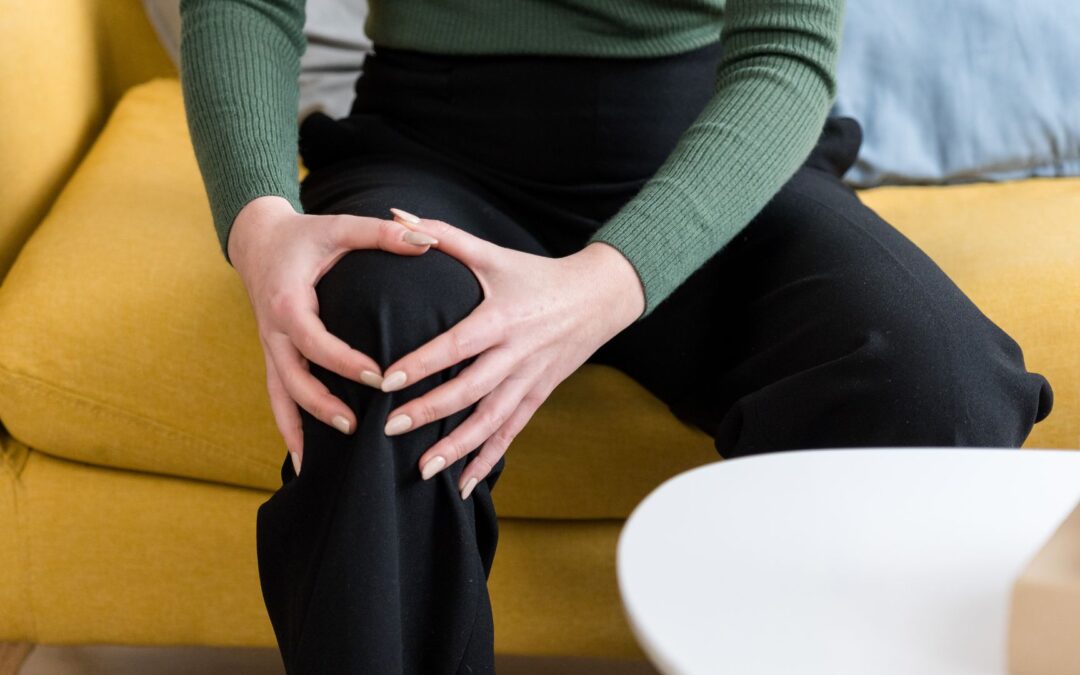
Knee pain can feel frustratingly persistent, especially when it seems to come “out of nowhere.” One often-overlooked cause is poor foot posture, which alters how weight travels through the legs and places extra stress on the knees.
At Family Chiropractic of Clark, we help patients uncover hidden contributors to knee pain — including foot and ankle alignment — and provide practical strategies for relief and prevention.
How Foot Posture Affects the Knee
Your feet are the foundation for your entire body. Misalignments like:
- Flat feet (overpronation)
- High arches (supination)
- Uneven weight distribution
…can cause your knees to twist, rotate, or absorb excessive impact with each step. Over time, this can lead to:
- Inner or outer knee pain
- Patellar tracking issues
- Ligament strain
- Early cartilage wear
Even mild deviations in the foot can create a chain reaction affecting ankle, knee, hip, and lower back alignment.
Easy Foot and Knee Tests You Can Try
1. Arch Check
Stand barefoot on a flat surface and notice your arches.
- Do your arches collapse inward (flat feet)?
- Are they very high with little floor contact (high arches)?
Both can contribute to knee pain.
2. Knee Tracking Test
- Stand and bend your knees slightly.
- Observe your knees from the front: do they move inward or outward as you squat or step?
Misalignment often links directly to foot posture issues.
3. Step or Walk Observation
- Walk slowly and notice foot placement.
- Are your toes pointed outward or inward?
- Does one knee swing or rotate more than the other?
Small deviations can indicate foot-driven knee stress.
Chiropractic Approaches to Knee Pain
Chiropractic care can address the root cause, not just the symptom:
- Foot and ankle alignment assessment: Correcting misalignment reduces knee strain.
- Knee joint mobilization: Restores smooth movement and decreases irritation.
- Soft tissue therapy: Relieves tight calves, hamstrings, and quadriceps that pull on the knee.
- Custom exercise guidance: Strengthening glutes, hips, and foot stabilizers supports proper knee alignment.
By treating the body as a connected system, patients often experience faster and longer-lasting relief.
Daily Habits to Support Knee Health
- Proper Footwear
Shoes with correct arch support or orthotics can drastically reduce knee strain. - Stretching and Strengthening
Calves, hamstrings, and quadriceps flexibility protects the knee joint. - Mind Your Steps
Avoid excessive inward or outward foot rotation while walking or exercising. - Low-Impact Exercise
Swimming, cycling, and elliptical machines reduce knee load while maintaining strength. - Posture Awareness
Check hip and knee alignment during daily activities to prevent repetitive strain.
When to Seek Professional Care
See a chiropractor if knee pain:
- Persists despite rest and over-the-counter measures
- Worsens with walking, standing, or climbing stairs
- Is accompanied by swelling, locking, or instability
- Radiates to the hip, ankle, or lower back
Early intervention can prevent chronic joint problems and help restore proper gait mechanics.

Final Thoughts
Knee pain from poor foot posture is often overlooked, yet it’s one of the most treatable causes of recurring discomfort. By combining alignment assessment, corrective exercises, and chiropractic care, you can relieve pain naturally and protect your knees for years to come.
At Family Chiropractic of Clark, we help patients correct alignment from the foot up, ensuring that every step feels supported and pain-free.
👉 Don’t let misaligned feet keep you from moving comfortably. Schedule your appointment today and start walking with confidence.
